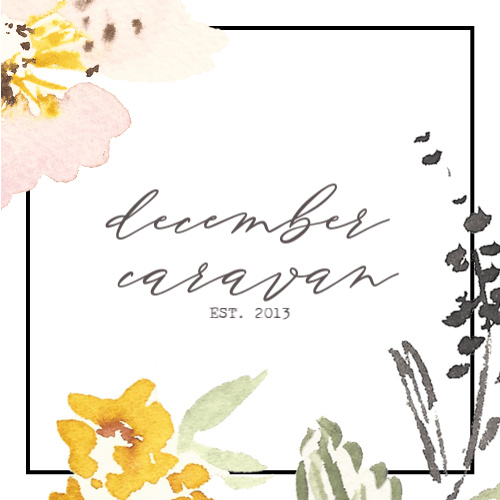Are you looking after your teeth correctly? Many of us develop poor habits when it comes to brushing our teeth - habits that we may not even know are bad. Below are just a few tips for improving your dental hygiene.
Don’t skip those dental check-ups
The best way to keep on top of your teeth’s health is to book regular dental checkups. A dentist will be able to identify problems early and help you make improvements to avoid future issues. Consider signing up to a local dental surgery if you don’t already have a dentist. There are dentists such as Bright Smiles Pediatric Dentistry that are catered specifically to kids. If you have kids, this could provide a more friendly environment for them.
Consider your toothbrush
Electric toothbrushes are often more effective at cleaning teeth than manual toothbrushes. This could be something to consider if you currently use a manual toothbrush. Whether you’re using manual or electric, you should be wary of using the same brush for too long. After three months, it is likely the bristles will start to get damaged, at which point they’ll become less effective at cleaning your teeth - as a result, you should make sure to replace your toothbrush/toothbrush head every three months.
Brush correctly
Exactly how do you brush? Ideally, you should be brushing with the brush faced at an angle towards the root of the tooth. With a manual toothbrush, try to brush in small circles rather than back and forth (electric toothbrushes already use this circular motion and you need only run the brush over your teeth). Avoid applying too much pressure - it’s possible to brush too hard and damage the enamel. For best results, you should brush morning and night for two minutes each time.
Try flossing
Dental floss is great for getting in between the teeth. Plaque can often build up here and cannot be removed with traditional brushing, which is why flossing is important. Try to be gentle when using dental floss - avoid yanking or using a sawing motion as you could damage your teeth and gums. Always use specially-designed dental floss (regular string or thread is likely to get stuck in your teeth).
Take care with mouthwash
Some people use mouthwash as well as brushing and flossing. While mouthwash can be great for removing bacteria from the rest of the mouth, you should be careful as to why you use it. Swilling a mouthful of mouthwash straight after brushing teeth is likely to remove all the toothpaste - it’s best to allow this toothpaste to sit on your teeth after brushing to help strengthen your enamel. Instead, use mouthwash before brushing or in the middle of the day. This guide at Healthline lists some of the healthiest mouthwash options.
Watch what you put in your mouth
A good brushing routine can sometimes be enough to compensate for whatever diet or bad habits you may have. However, it’s still worth considering your diet and bad habits as a way of reducing the risk of dental problems. Consuming less sugar is the obvious way to protect your teeth. You can also protect your teeth by drinking more water, drinking less alcohol and by quitting smoking.





.jpg)






Post a Comment